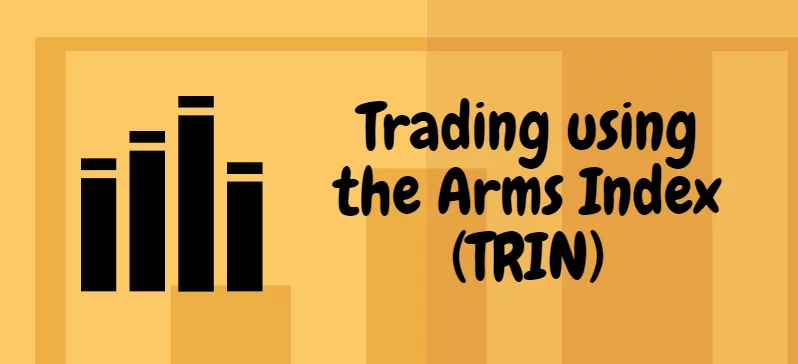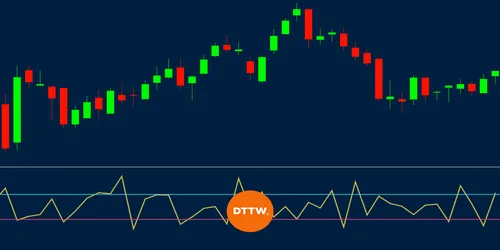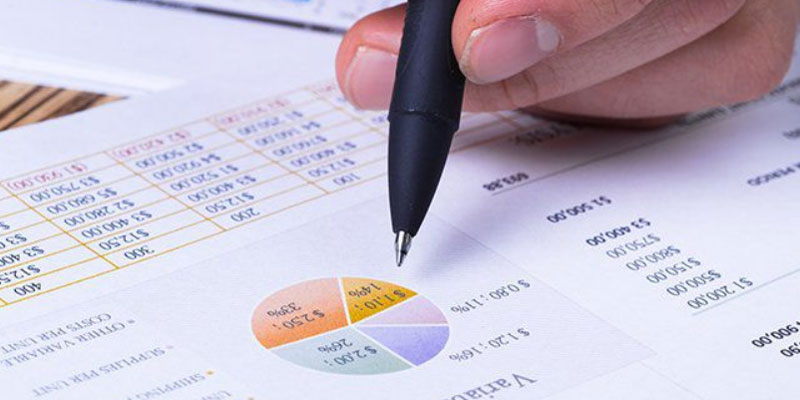Introduction
What Is the Arms Index (TRIN)? The CBOE volatile index (VIX) is a well-known volatility indicator, and we looked at an essential aspect of it. We looked at how it is measured and used in the markets. It is also possible to look at the volatility of an asset using Bollinger Bands, Relative Vigor Index, and other indicators. Using TRIN's signals, you can see when the market is overextended or underextended. This indicates that the sellers have taken over the market, which is a bearish sign.
Positive TRIN numbers indicate buyers have the upper hand, which is good news for the market. When the value is above 1.0, additional information is revealed. Readings below 1.0 are considered positive and indicate buyers are in control of the market, indicating that the market is moving in their favor. If the TRIN is greater than 1, declining issues outpace advancing issues, which means sellers are the market's dominant players. The omens are gloomy.

What Does It Mean When It Says "On"?
Trade instrument TRIN measures the stock market's volatility in a short-term trading context. TRIN is a graphical representation of the volumetric relationship between decreasing and increasing problems. The TRIN rises in a weak market, while the TRIN falls in a strong market. The data can be smoothed out with moving averages.
Calculation
In 1967, Richard W. Arms Jr. came up with the idea. Calculating the Arms Index is as simple as taking the AD Ratio and dividing it by the increasing or decreasing amount (AD volume). When you cross it, you're either strong or weak, depending on the value of 1. Taking the number of issues moving forward and dividing it in half by the decreasing number of issues yields TRIN. The numerator of the Arms calculation is this number. Calculate the denominator by dividing the increasing volume by the decreasing volume.
The formula for the Arms-Index
The Arms Index can be calculated manually or with various charting and programming tools. At regular intervals, calculate the AD Ratio, which is the advancing volume divided by the declining stock. It's time to discover your AD volume (Advancing Volume divided by Declining Volume). AD Volume is divided by AD Ratio. Please make a note of the results, then graph them. Then, repeat the process. In the final step, the TRIN is graphed by combining several data points.
Volatility Information
Volatility information is provided to traders by the TRIN, which sends out signals in three ways:
- It means that the ratio of advance/decline and volume ratio for advance/decline are equal if the TRIN value is 1. It suggests that the market is in equilibrium. The rising volume is distributed evenly across the advancing issues, whereas the declining volume distribution is equally distributed across the deteriorating issues, to put it simply.
- A TRIN value lower than one indicates a strong bull market, as the rising to falling volume ratio is higher than the opposite. Because of the high trading volume in rising stocks, the Arms Index typically gives TRIN values less than one during periods of significant price increases.
- In a bear market, a TRIN value of more than one indicates that the advance/decline volume ratio is lower than the advance/decline ratio. The Arms Index usually generates a TRIN value of more than 1 if the price of a stock falls rapidly due to high volume in the stock.
Use of the TRIN Indicator: Pros and Cons
- Using this TRIN indicator has a few drawbacks to consider. Identifying signals to buy and sell can be a difficult task, as illustrated in the illustration below, which illustrates.
- Unlike many technical indicators, it is unavailable on MetaTrader's most popular trading platform. You must first download it from the market to use it on these platforms, which is time-consuming.
- Thirdly The TRIN indicator has a reputation for being inaccurate. It is common to see the TRIN indicator in an oversold state when an asset rises in the financial market.
- It is also possible to use the TRIN indicator only when trading in the stock market. While other indicators can be applied to cryptocurrencies and commodities, this is not.

Conclusion
TRIN is lower than 1 if AD Volume is more significant than AD Ratio. TRIN can be higher than one if AD Volume is less than AD Ratio. Due to the large volume of rising stocks, TRIN readings lower than one are usually accompanied by a significant price rise. For every TRIN reading above, there is a significant drop in stock prices because of the high volume of falling stocks. The Arms Index, on the other hand, moves in the opposite direction of the Index's price trend. As we have discussed, a significant rise in the price of TRIN could lead to a decline in its value. TRIN will be able to rise if the underlying Index falls.




